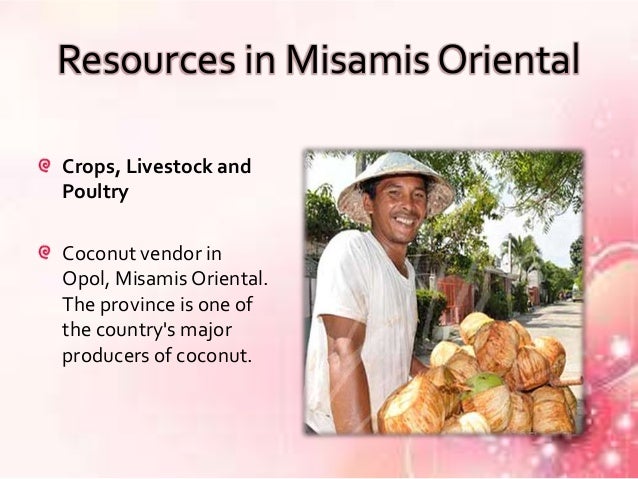

on Wednesday, 11 April to continue its general debate.ĪISSATA ISSA MAIGA AMADOU, Minister for Population of Niger, aligning himself with the “Group of 77” developing countries and China, and the African Group, said his country’s urbanization rate was 22.5 per cent.

The Commission on Population and Development will reconvene at 10 a.m. Mongolia’s delegate likewise drew attention to green provinces and sustainable cities initiatives pursued by the Government.Īlso speaking today were representatives of Romania, Turkey, Sudan, Peru, Sierra Leone, Nigeria, Japan, Costa Rica, Madagascar and South Africa. India’s delegate meanwhile said the creation of fully serviced “green fields” around cities sought to accommodate the rapidly expanding population, while in Niger, efforts to modernize the city of Niamey by 2030 had resulted from personal engagement by the President to make the area attractive, added that country’s delegate. Indonesia’s delegate, in turn, described efforts to address rapid urbanization and help its cities embrace incoming migrant flows, broadly emphasizing the United Nations’ role in helping Governments improve migration data collection, facilitate technology transfer and design national development agendas that capitalized on migrants as “agents of development”. In that context, the representatives of Côte d’Ivoire and Uruguay said explosive urban growth had shed light on the need to control fertility and improve access to contraception, health care, education and training.ĭelegates also drew attention to national measures to sustainably develop and expand urban areas, with Morocco’s delegate describing the “Alliance on Migration and Development” programme, which protected migrants’ rights and aimed to integrate newcomers into society as the country gradually evolved into a destination for migrants. Most highlighted the challenges posed by rapid urbanization. Price’s address punctuated a half-day of general debate during which delegates echoed those sentiments, stressing that that globalization, urban growth and human mobility were interrelated processes. More must be learned about short‑term mobility and circularity in migrant flows. And while immigrants played a fundamental role in a country’s labour force and social life, they were also victims of exploitation, vulnerability and residential segregation. In practice, however, many functioned more like turnstiles, supporting a trend toward permanent temporariness, with limited access to long‑term settlement. She said there was a tendency to view gateway cities as places of permanent settlement for immigrant newcomers. Marie Price, Professor of Geography and International Affairs at George Washington University, said in a keynote address that immigration was changing the ethnic, linguistic and cultural make‑up of gateway cities around the world.


Gateway cities were critical entry points for immigrants from a wide range of countries, serving as hubs for the collection, circulation and dispersion of goods, capital and people, the Commission on Population and Development heard today as it continued its annual session.


 0 kommentar(er)
0 kommentar(er)
